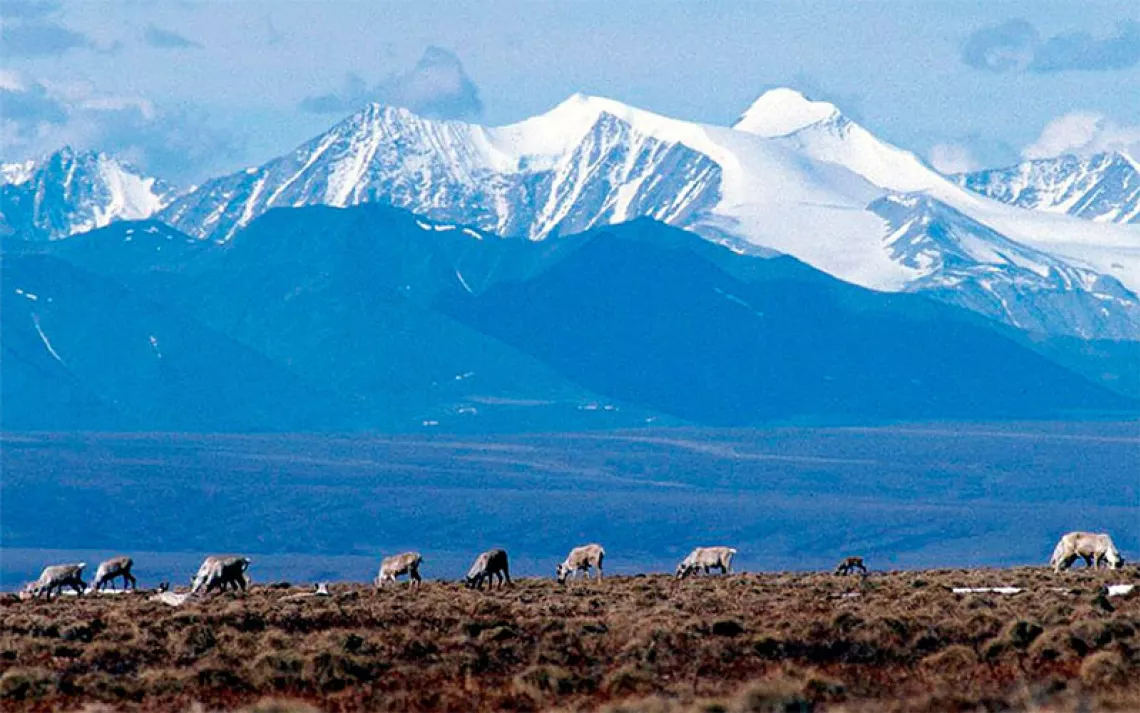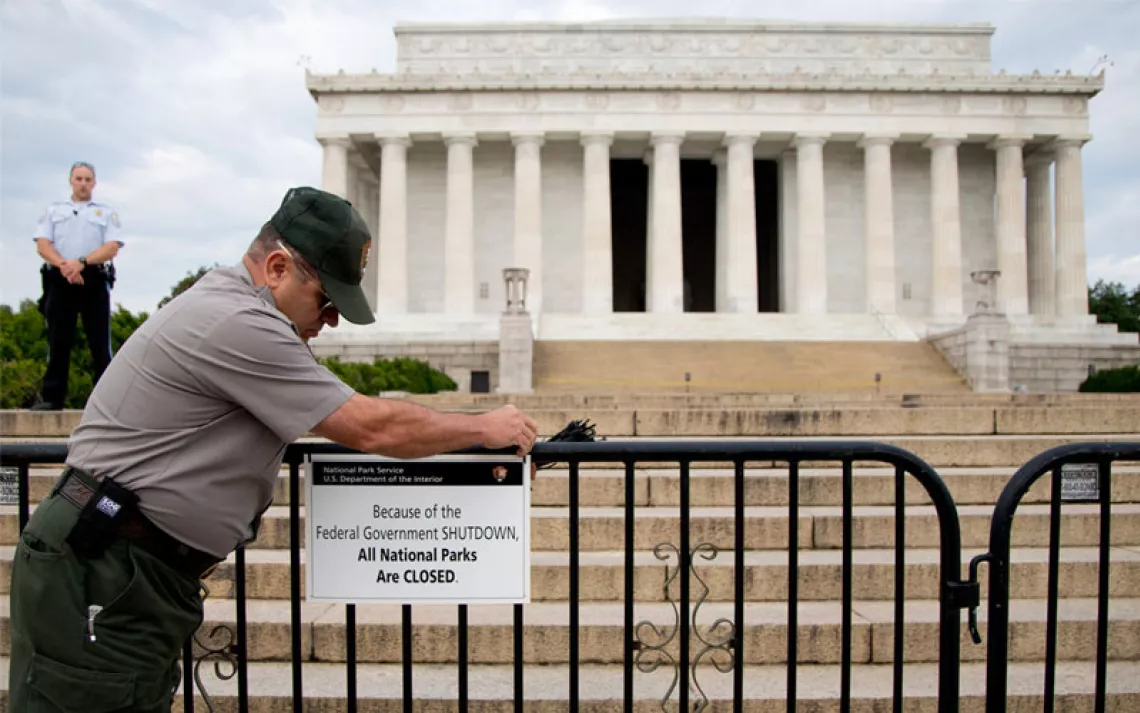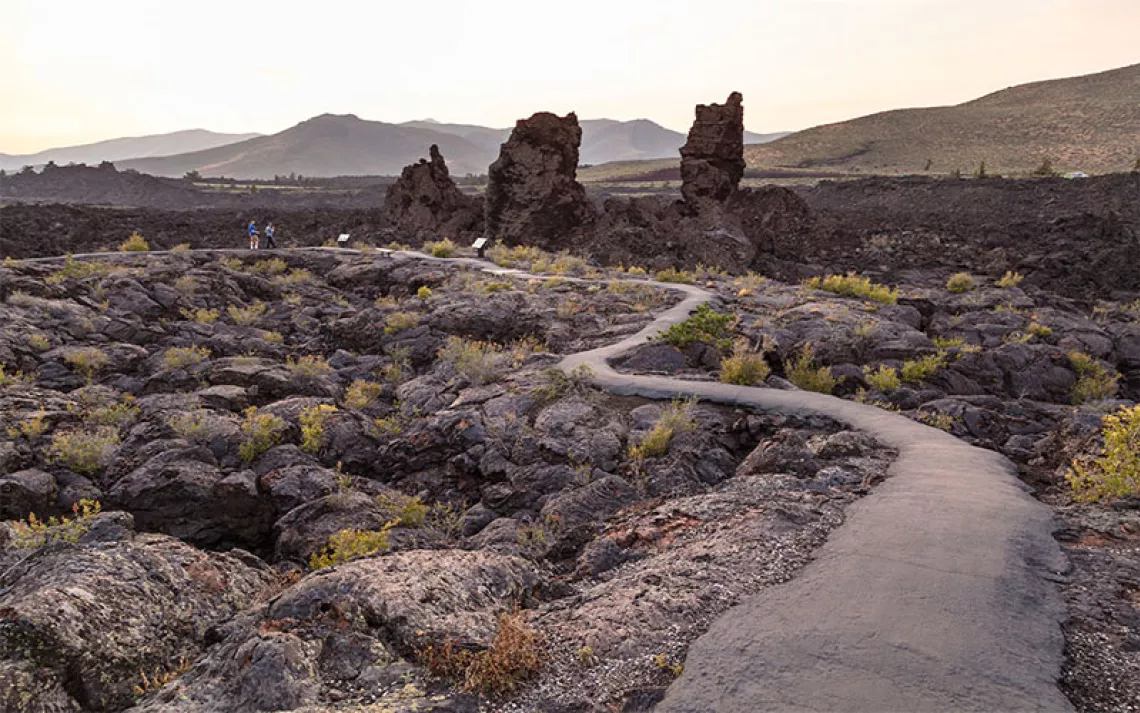Here’s How to Travel to Yosemite National Park by Bus and Train
Ditch your car and take transit to the trails of the Sierra Nevada
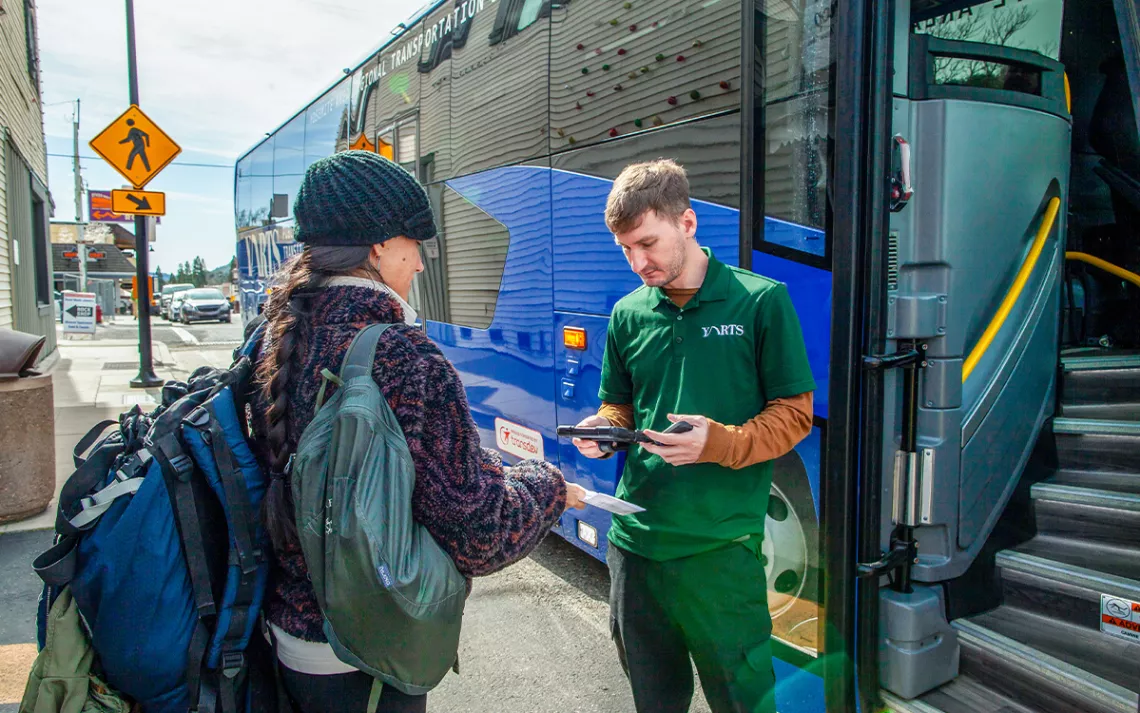
After stopping in Mariposa for breakfast, writer Carmen Kohlruss gets checked back onto a YARTS public transit bus before traveling into Yosemite National Park via the Highway 140 route. Photos by Craig Kohlruss.
Yosemite National Park’s most famous sights—and the majority of its millions of annual visitors—congregate in a tiny sliver of the space, iconic Yosemite Valley. This wonder of the world is a mere seven miles long and, on average, just one mile wide. Which means that, especially in high summer, it’s horribly congested with cars and can sometimes seem like more of a parking lot than what Sierra Club founder John Muir called a grand temple of nature.
To manage the crush of visitors, park officials several years ago started requiring reservations to enter the park (while also launching a slew of construction projects). From April 13 to October 27, you can’t even drive through the park during peak hours (5 a.m. to 4 p.m.) on weekends and holidays—and all of July into mid-August—without a reservation.
Luckily, there’s a great work-around: Yosemite Area Regional Transportation System (YARTS). Getting to the park by public bus allows you to skip the reservations and the parking headaches. And it comes with all of the usual environmental benefits of mass transit, like reducing air pollution and our dependence on fossil fuels. Established in 2000, YARTS today runs buses from California’s San Joaquin Valley and the Eastern Sierra to four of Yosemite’s five entrances. The transit system that services Yosemite is one of around 100 similar systems that operate within national parks, which means you can likely ride the bus into your favorite park too.
I grew up on the edge of the national park, in eastern Madera County, and when I was growing up my mother was a Yosemite park ranger. But I had never visited the park via mass transit. YARTS didn’t add its seasonal Highway 41 route through my hometown until 2015. I was happy to finally give YARTS a shot during a weekend trip to Yosemite with my photojournalist husband, Craig Kohlruss.
I discovered that there’s lots to celebrate about being able to take a train and bus to Yosemite—and then getting around Yosemite Valley using free park shuttles. There’s also room for improvement. Best of all, there’s a solid foundation in place for continued growth and, hopefully, more use.
Riding Amtrak: Fresno to Merced
Unfortunately, YARTS recently announced that it has eliminated a major portion of one of its routes: the part of its Highway 41 corridor that ran through Fresno, where I now live just down the mountain from my rural hometown. Fresno is California’s fifth-largest city and by far the largest of the communities YARTS has long serviced. It’s also home to the main airport for Yosemite visitors, the now ironically named Fresno Yosemite International Airport. YARTS leaders say its buses could start running through Fresno again as early as mid-June if Fresno joins its joint powers authority soon.
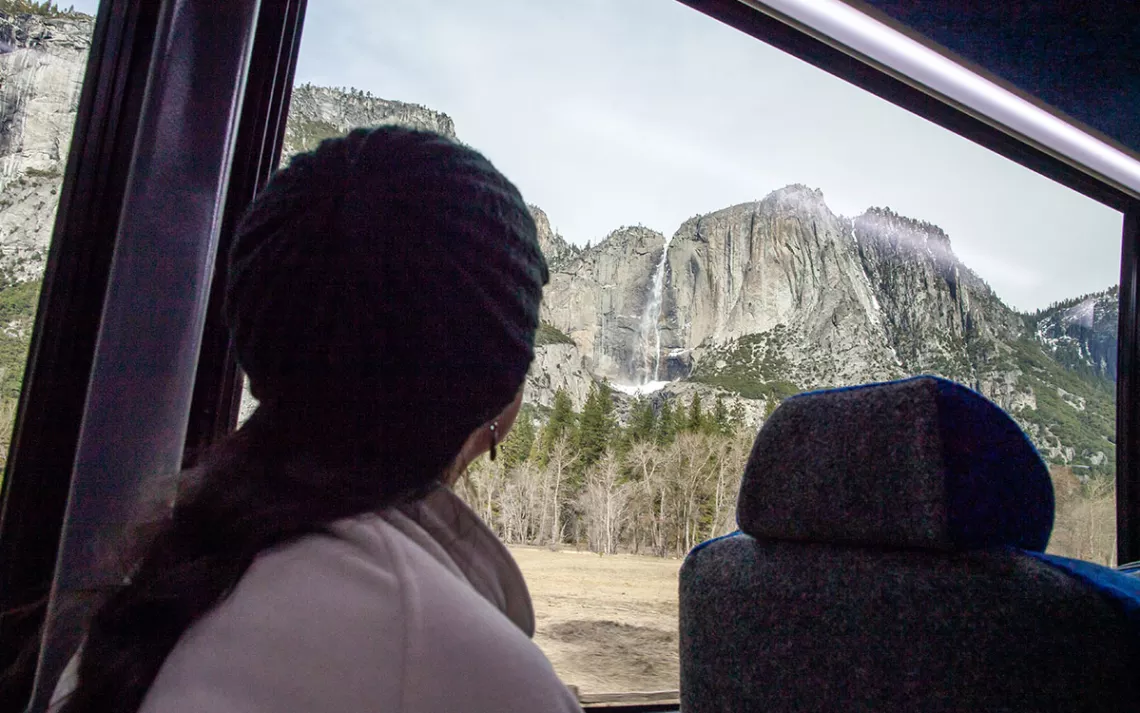
Large windows of YARTS public transit buses give riders great views of Yosemite’s iconic landmarks like Yosemite Falls.
Eager to ride YARTS, I hopped on an Amtrak train in Fresno and rode the rails to Merced, the start of YARTS’s only year-round bus route to Yosemite. Our round-trip train ticket for two was $50. We chose the earliest Amtrak departure, at 6:12 a.m., to make the most of our weekend trip and because it fit nicely with our preferred YARTS bus schedule.
As we headed north, orchard blossoms came so close they nearly brushed the train’s windows for a few blissful seconds as we glided through the fruitful San Joaquin Valley. As they piled beneath the fruit trees, the white petals resembled snowfall on the Sierra Nevada, which in Spanish means “snowy mountain range.” Looking west, the distant Coast Range became visible around the same time as did a large smokestack—a reminder of the cost of our fossil fuel consumption. A field of solar panels we passed promised a more sustainable future. So did the high-speed rail construction we saw popping up in patches along the train tracks.
Amtrak is impressively spacious and comfy. My husband and I sat in large seats facing each other, a folding table between us. Amtrak also lets you travel with a lot of stuff (here’s the full list). My large backpacking pack fit easily in an overhead compartment.
The train arrived ahead of schedule in Merced, where I spotted a tree with the brightest blossoms yet. We had a short, half-hour wait in Merced’s pleasant train station until our YARTS bus arrived as scheduled. The bus stop beside the train station was easy to find, aided by the photos and descriptions on YARTS’s website.
Riding the YARTS bus: Merced to Yosemite
The first leg of our bus journey took us past cute homes in Merced and then through verdant grasslands punctuated by shards of black rock. Soon the grasslands gave way to oak-studded Sierra foothills with streams that glistened in the morning light.
The YARTS buses are nice—clean, airy, spacious and well-lit. These are coach buses, designed for touring. The huge windows are its most winning feature. The glass stretches uninterrupted the full length of the vehicle. There is ample overhead space for bags and, like on a plane, a panel of controls above each seat—adjustable air vents plus reading and seatbelt lights. There’s also a wheelchair lift. All the YARTS buses have them, making them wonderfully accessible. The seats are a bit tight but comfortable enough for the scenic, two-and-a-half-hour drive to the park.
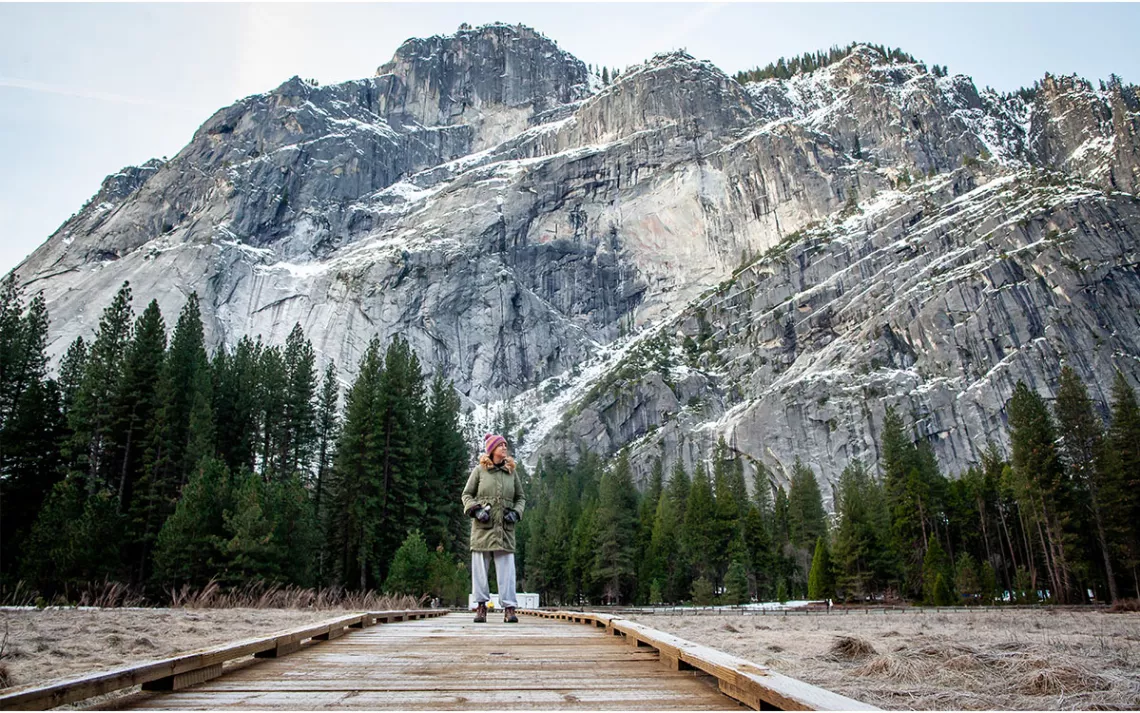
With Glacier Point in the background, Carmen Kohlruss takes in views of high cliffs and peaks rising from Yosemite Valley on a chilly Sunday morning.
There were only a handful of other people aboard when we started, but we picked up other riders along the way. The Merced-Yosemite route has 19 bus stops and does five runs a day, which increases to seven during YARTS’s summer season.
I learned that YARTS leaves half its seats open for walk-ons because it’s a public transit system. If you’re a planner like me, you’ll want to reserve tickets, but it’s probably not necessary. Our bus trip for two cost $101. Pro tip: If your lodging is outside Yosemite, consider purchasing a YARTS commuter pass that can pay for itself within a few rides with its up to 60 percent off standard fares. A YARTS worker told me anyone can buy one from a YARTS bus driver.
We wanted to spend part of the morning in the historic Gold Rush town of Mariposa, but to do that I had to reserve three tickets: Merced to Mariposa, Mariposa to Yosemite, and Yosemite to Merced. Ideally, there would be a way for riders who reserve round-trip tickets on yarts.com to hop off and on the bus anywhere to encourage spontaneous exploration. My husband and I were in Mariposa for 90 minutes, plenty of time to stuff ourselves with good food and coffee before hopping on another YARTS bus at 10 a.m. There wasn’t enough space to safely load our bags beneath the bus, so we had to carry them onboard, where I was happy to discover that I could fit my backpacking pack in an overhead compartment.
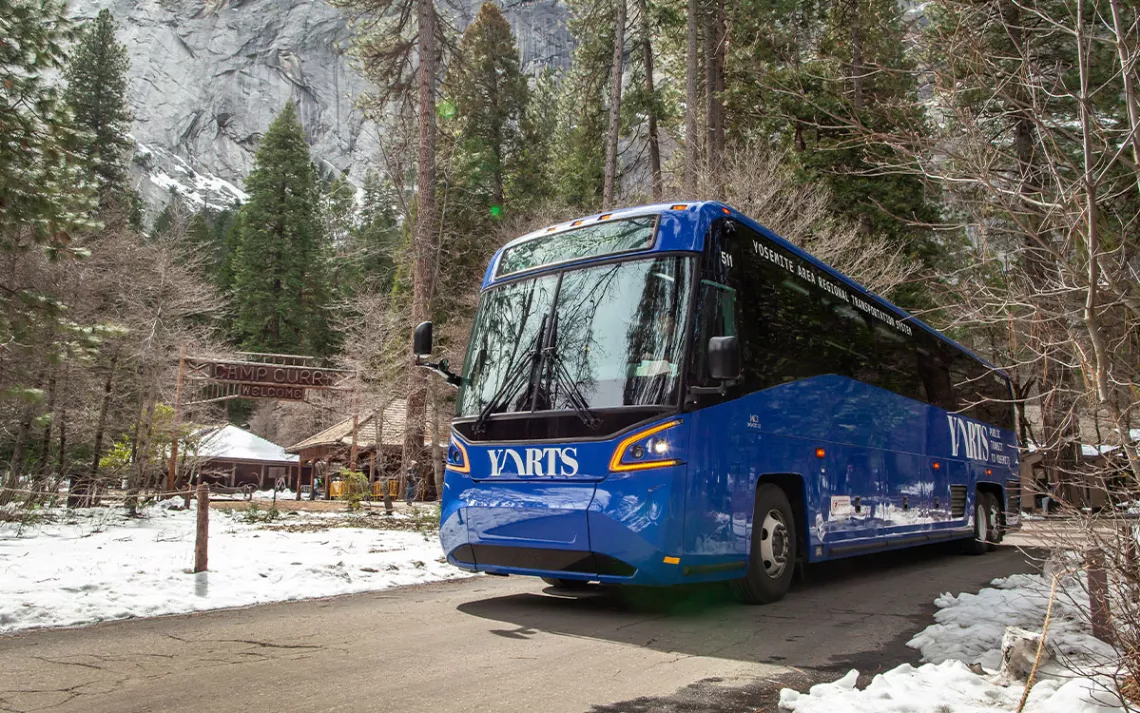
A YARTS public transit bus passes by Curry Village in Yosemite Valley after dropping off passengers.
By the time we were approaching Yosemite’s Arch Rock Entrance along Highway 140, I better understood why YARTS public affairs manager Mary-Michal Rawling describes these buses as the “best-kept secret in this region.” The large windows let me peer all the way up the sheer rock walls. I could see much more of the mountains than I ever could in my hatchback. As we entered Yosemite Valley and I admired all the gorgeous granite and waterfalls, I was amused by the new experience of sitting higher than even the most lifted pickup trucks.
We disembarked at Curry Village just before noon, right on schedule.
Getting around Yosemite Valley on free park shuttles
During our time in the park, we used the free shuttle buses in Yosemite Valley to get around, something I’ve been doing since childhood. The free shuttles pick up frequently and help reduce traffic congestion while sparing visitors the headache that is parking multiple times in Yosemite Valley. Many of the buses are hybrid electric-diesel models, which help to cut down on air pollution.
The shuttles are absolutely worth using, though you should be prepared for some challenges. The shuttles haven’t operated as usual for years due to ongoing construction and the pandemic closures—and they were facing operational woes before that. More than a third of the 19 shuttle stops in Yosemite Valley are still subject to intermittent closures due to construction. The bus stops in question were noted in the park’s Yosemite Guide but not at bus stops and on the large shuttle maps around Yosemite Valley when we visited in March.
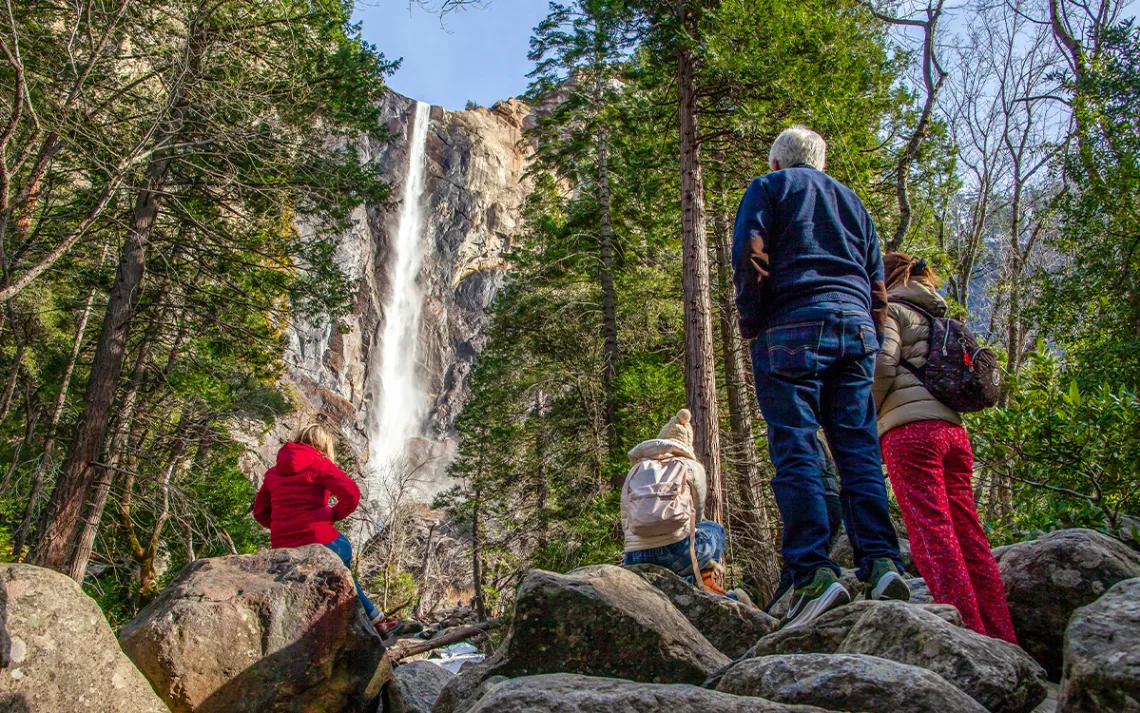
Yosemite National Park visitors take in the views of Bridalveil Fall in Yosemite Valley.
Despite the lack of clear information about schedules and closures, Yosemite’s shuttle bus drivers are doing a valiant job directing and informing visitors. One bus driver was especially cheerful, singing the names of shuttle stops and a “Zip-a-Dee-Doo-Dah” as she transported us to the bus stop at Cathedral Beach—the closest we could get to the very popular Bridalveil Fall, which curiously doesn’t have a shuttle stop although more parking spaces were recently added there. From Cathedral Beach, we walked nearly six miles round-trip to see Bridalveil, first along the sleepy Yosemite Valley Loop Trail and then through an expanded loop of trails below the waterfall.
The valley shuttles run into the night. My husband and I enjoyed being able to board one at 9 p.m. after dinner and drinks at the Ahwahnee Bar, then headed for bed in a heated canvas tent cabin at Curry Village.
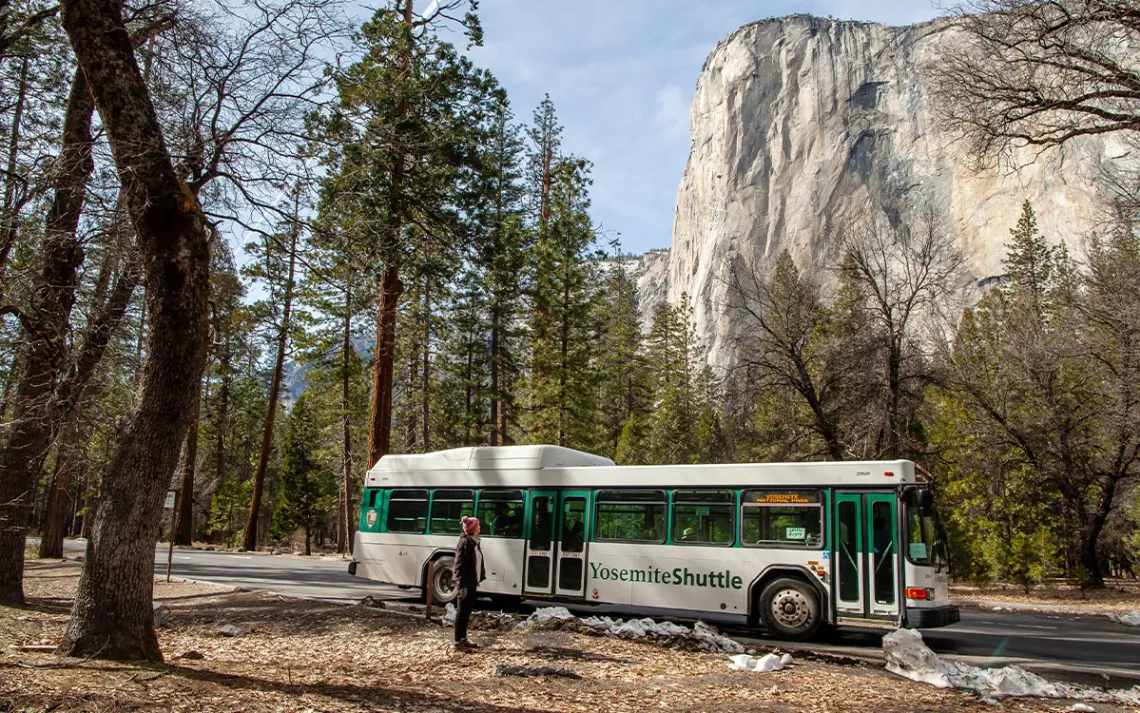
A Yosemite shuttle bus drops off passengers at the Cathedral Beach stop in Yosemite Valley.
After checking out the next morning, we left most of our gear in one of several shared bear boxes outside of Curry Village’s front desk and took our first shuttle of the day to Yosemite Village to grab sandwiches. Then we hopped on another shuttle, bound for the Mirror Lake trailhead at bus stop No. 17. At Mirror Lake (reached via a peaceful two-mile round-trip hike), we snacked and looked longingly up at Half Dome rising so majestically above us while basking in Sunday sunshine.
Homeward Bound: Yosemite to Merced
Soon it was time to hop back on a YARTS bus at our scheduled 5:15 p.m. departure from Curry Village, where we found the bags we left still safely stashed in the bear box. This bus had the most YARTS riders yet, but it was still roomy.
The huge windows inspired me to watch the passing world with a careful new precision. I spotted around 15 ephemeral waterfalls as we barreled through Yosemite Valley and the Merced River Canyon. In Mariposa, as we passed a large digital sign that read “Feel Drowsy? Exit and Take a Rest,” we felt very happy that neither of us had to drive. Below the town, the expansive San Joaquin Valley came into view as a vast sea of lights, signaling our descent down the mountain. In Merced, we waited a half hour, as planned, inside the Amtrak train station before our hour-long train ride back to Fresno.
That night, I fell asleep with the sweet satisfaction that a full Yosemite weekend is more than possible without having to use another tank of gas.
 The Magazine of The Sierra Club
The Magazine of The Sierra Club

